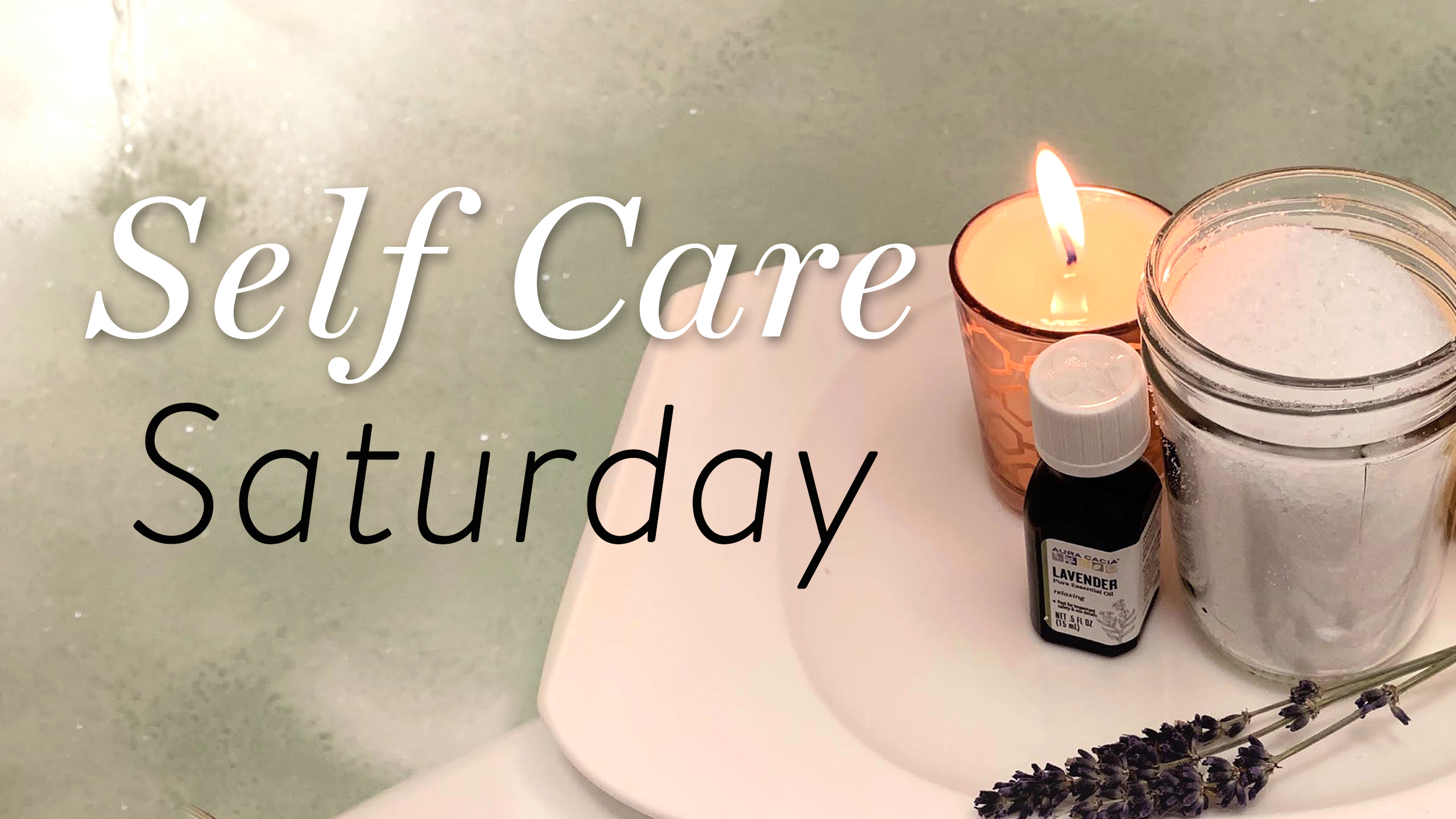Yoga vs. Pilates: Choosing Your Path Truly to Wellness
Unveiling the Perfect Path: Yoga vs. Pilates
The world of fitness boasts a vibrant tapestry of options, each promising a unique path towards a healthier and happier you. Among these, two disciplines have risen to prominence, capturing the hearts (and bodies) of millions: yoga vs. pilates. Both practices offer a captivating blend of physical and mental benefits, from sculpted physiques and enhanced flexibility to reduced stress and improved mental clarity.
However, for the eager newcomer, deciding between yoga vs. pilates can be a daunting task. The sheer variety of styles, the promise of diverse benefits, and the question of individual suitability can leave one feeling lost in a sea of information.
Fear not, for this blog is here to illuminate your path! Here, we embark on a journey of discovery, delving into the heart of both yoga and pilates, unraveling their distinct characteristics, and equipping you with the knowledge to make an informed decision.
We’ll begin by exploring the unique essence of each practice. Yoga, an ancient tradition hailing from India, encompasses a holistic approach to well-being. It weaves together physical postures (asanas), breathing exercises (pranayama), and meditation, aiming to cultivate not just physical strength and flexibility, but also mental focus, inner peace, and spiritual growth. Pilates, on the other hand, was developed in the 20th century by Joseph Pilates and focuses primarily on building core strength, improving posture, and enhancing body control through controlled, flowing movements and specialized equipment.
Next, we’ll guide you through the crucial questions to ask yourself as you embark on this exciting journey. What are your fitness aspirations? Do you yearn for increased flexibility and mindfulness, or do you desire to sculpt your physique and build core strength? What is your current experience level? Both yoga vs. pilates offer modifications for beginners, but pilates might require more initial guidance due to its emphasis on precise movements. Do you have any injuries or limitations that need to be considered when choosing a practice?
Consulting a healthcare professional can help tailor your choice to your specific needs. Finally, consider your preferred environment. While yoga classes often take place in serene and calming studios, pilates can be practiced both in studios and at home with specialized equipment, offering greater flexibility depending on your lifestyle.
Having gained a deeper understanding of both practices and your individual needs, we’ll delve into additional tips and insights to optimize your experience. We’ll explore the importance of nourishing your body with a balanced and nutritious diet to fuel your practice and recovery, and emphasize the crucial role of hydration in maximizing your performance and well-being. We’ll also discuss the importance of listening to your body and allowing for adequate rest and recovery to prevent injury and ensure sustainable progress.

Understanding the Differences:
- Focus: Yoga emphasizes flexibility, breathwork, and mindfulness, often incorporating philosophical and spiritual elements. Pilates, on the other hand, prioritizes core strength, body control, and fluid movement, with a strong emphasis on proper form and alignment.
- Movement styles: Yoga involves holding various postures (asanas) and flowing between them. Pilates often utilizes controlled, dynamic movements with specialized equipment like reformers and stability balls.
Finding the Right Fit: Ask Yourself:
- What are your fitness goals? Do you want to improve flexibility, increase strength, or cultivate mindfulness?
- What is your experience level? Both yoga vs. pilates offer modifications for beginners, but pilates might require more initial guidance due to its emphasis on precise movements.
- Do you have any injuries or limitations? Certain yoga styles may not be suitable for specific conditions, while pilates can offer targeted rehabilitation exercises.
- What is your preferred environment? Yoga classes are often held in quiet studios, while pilates can be practiced in studios or at home with specialized equipment.
Getting Started:
- Try introductory classes: Attend classes in both disciplines to experience them firsthand.
- Consult a healthcare professional: They can advise you on the best option based on your health and fitness goals.
- Don’t be afraid to experiment: Both yoga and pilates offer various styles and intensities. Find one that resonates with your interests and keeps you motivated.
Optimizing Your Practice:
- Diet: Maintaining a balanced and nutritious diet is crucial for fueling your body and recovery in any exercise regime. Consult a registered dietitian for personalized advice.
- Hydration: Drinking sufficient water before, during, and after your practice is essential for optimal performance and recovery.
- Rest and recovery: Schedule adequate rest days to allow your body to recover and rebuild.
Additional Considerations:
- Community: Both yoga vs. pilates communities offer a sense of belonging and support. Consider joining a class or online community to enhance your experience.
- Mindset: Approach your practice with a positive and open mind. Celebrate your progress, and don’t be discouraged by challenges.
Remember: Your ideal practice is the one you enjoy and can stick with consistently. Both yoga vs. pilates offer unique benefits, and ultimately, the “better” option is the one that aligns with your individual needs and preferences. Be patient, experiment, and enjoy the journey towards a healthier and happier you!
You can read about pilates more>>











